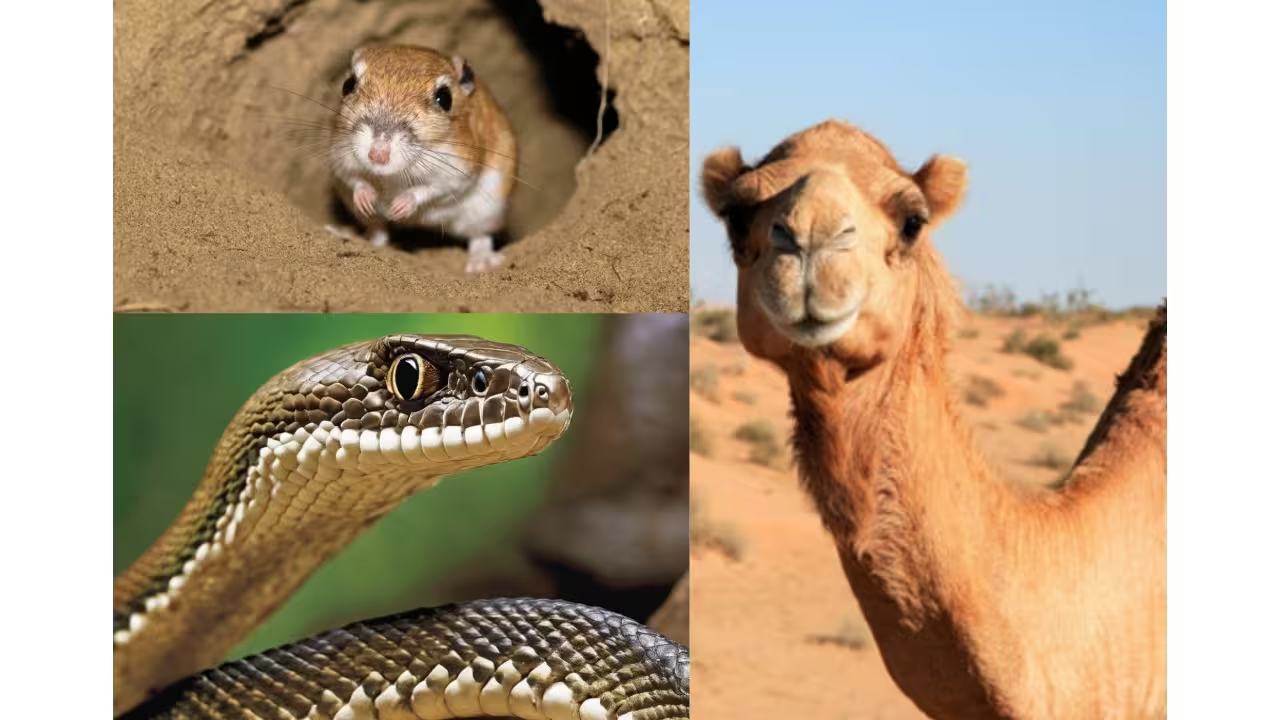
Excretion – a word you’ve probably heard in bio class when someone mentions waste removal. But did you know it’s the secret behind how the excretory system in human beings keeps everything in balance – from your blood to your brain? It's like how living beings maintain internal balance by removing harmful wastes from the body.
This blog breaks down what excretion is, the different waste products, cool modes of excretion in animals, and how plants manage it too. Whether you’re cramming for exams or just curious about how the human excretory system really works – this is your one-stop, student-friendly blog.
Excretion might sound like a fancy science term, but it’s actually something your body does all the time - and it’s absolutely essential. So, what is excretion really?
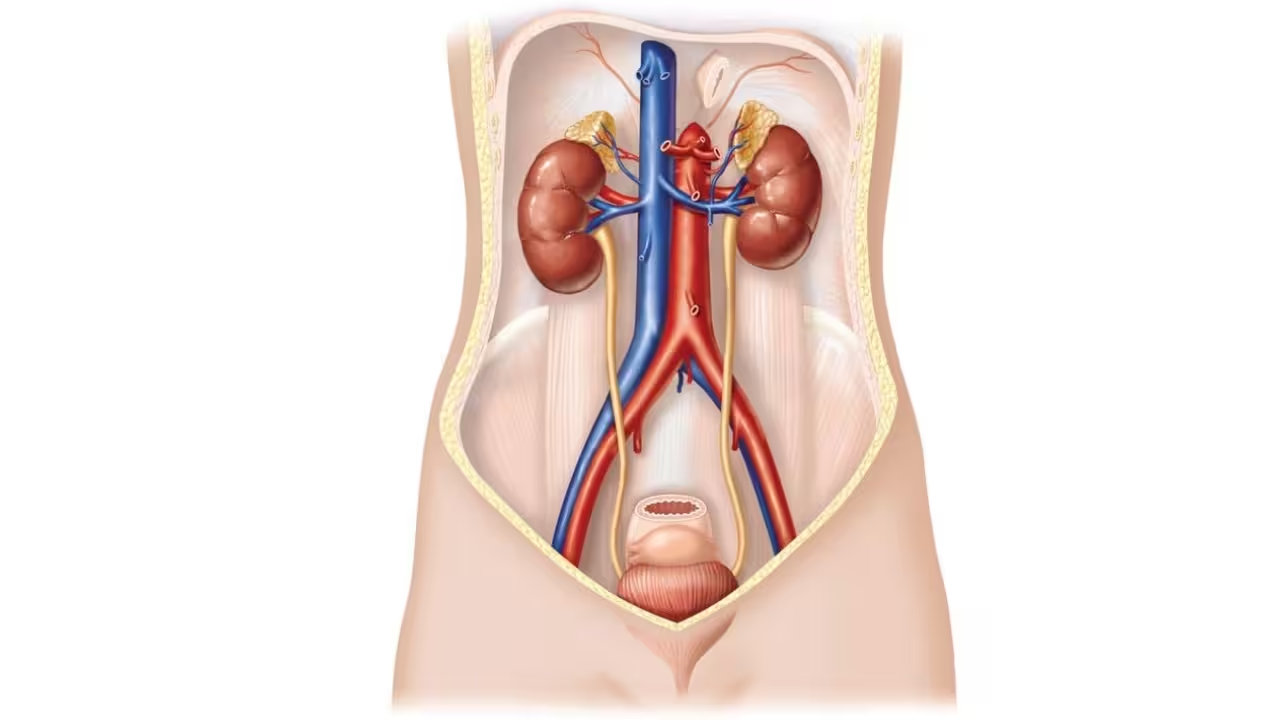
It’s the process by which living organisms remove metabolic waste products from their bodies. These wastes are produced during life-sustaining chemical reactions - like respiration or protein breakdown. If they’re not removed on time, they can build up and damage cells or organs.
This is where the excretory system in human beings steps in. It works non-stop to clear out harmful substances like:
Now here’s something students often mix up - excretion is not the same as egestion or secretion:
To make sure our body stays chemically balanced (that’s called homeostasis), several organs team up for this task:
Without excretion, our internal environment would become toxic - and nothing would work properly. So yeah, it may not be the most glamorous topic, but it’s one of the most important systems we’ve got.
When animals break down proteins in their food, nitrogen is released as waste - and that waste needs to go. But not all animals throw out the same stuff. Depending on their habitat, water availability, and body type, different animals produce different excretory products.
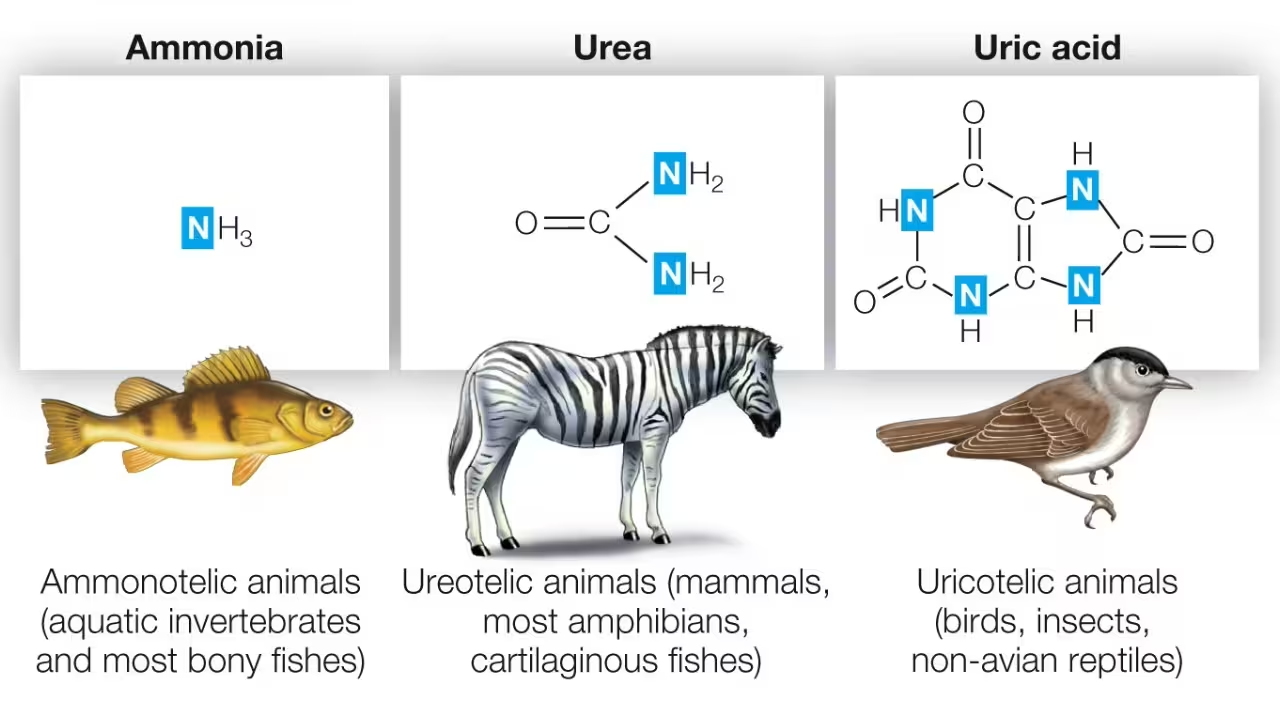
Here are the three main nitrogenous wastes you’ll come across:
These three products tell us a lot about an animal’s mode of excretion and lifestyle. For instance:
It’s a smart system. Nature has basically designed each species’ waste system based on how much water they have access to and how toxic their waste can be.
So yes, these are pretty cool excretion examples of how animals have their own waste hacks based on where they live.
Now that we know animals get rid of nitrogenous waste in different forms - let’s talk about how we classify organisms based on what they excrete. This classification is based on the main nitrogenous waste they produce and eliminate from their bodies. Here's how it goes:

Excretion isn’t just a “human body” thing - every living organism, from the simplest single-celled beings to complex mammals like us, has some way to remove waste. The process might look different in each, but the goal stays the same: get rid of what’s harmful and maintain balance.
Let’s travel through the tree of life and look at the modes of excretion in various organisms:
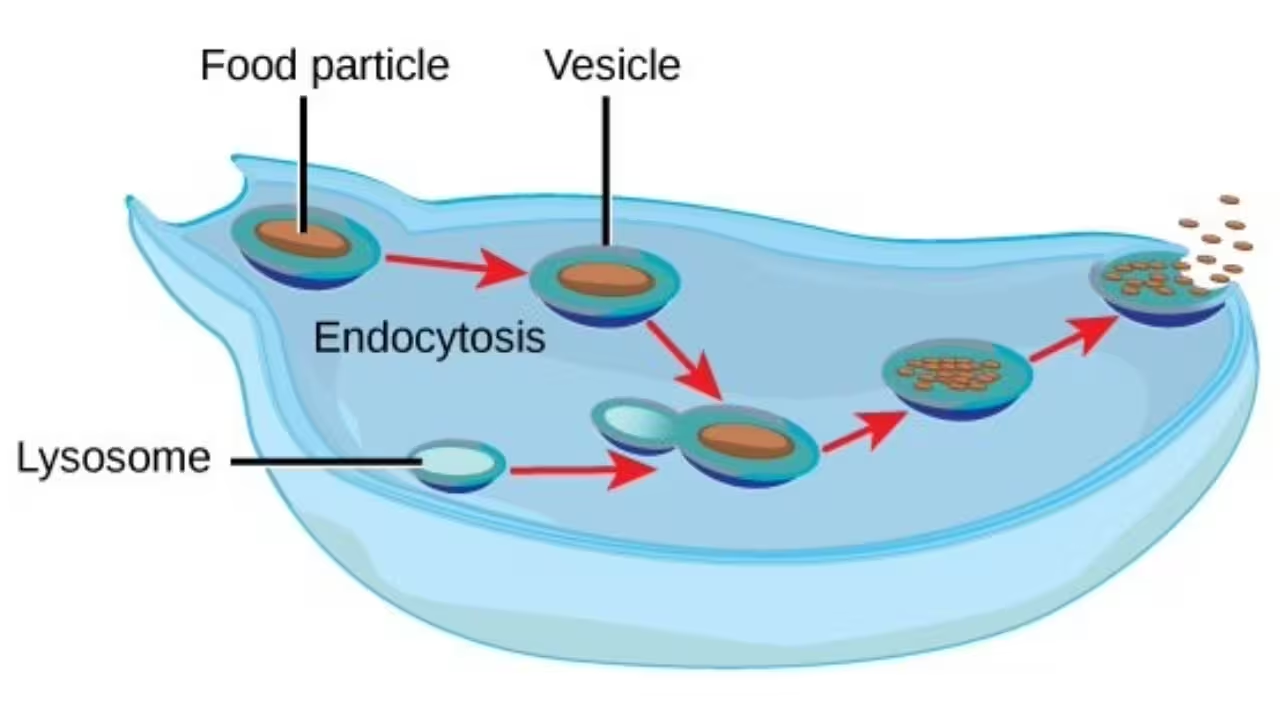


From tiny amoebas to complex humans, every organism has figured out how to deal with waste. The structure may change, but the purpose of excretion is universal.
The human excretory system is like your body’s internal clean-up crew. It’s constantly removing toxic waste and making sure your internal environment stays balanced - especially when it comes to water and salts.

Here’s how the whole system works:
1. Kidneys – The Main Filters
You have two kidneys sitting toward the back of your abdomen. Their main job is to clean your blood by removing waste products like urea, extra salts, and water. They’re the ones keeping everything running smoothly inside.
2. Nephrons – The Real Workers
Each kidney has nearly a million nephrons, which are the actual filters. A nephron does three main things:
Basically, nephrons make sure only waste is thrown out - not the good stuff.
3. Ureters – The Connecting Tubes
After urine is formed, it travels down thin tubes called ureters, which connect each kidney to the bladder. Their only job is to move urine safely to storage.
4. Urinary Bladder – The Storage Unit
This is where urine is stored until you’re ready to release it. It’s a stretchy bag that comfortably holds about 400 to 600 mL of urine at a time.
5. Urethra – The Exit Path
When it’s time to pee, urine leaves your body through the urethra. It’s longer in males and shorter in females, but the function is the same - getting rid of waste.
These excretory organs in humans make sure waste is out and balance is in. The system works silently in the background - but it’s absolutely essential for survival.
So how does the excretory system in human beings know when to hold water and when to flush it out? That’s where hormones like ADH and aldosterone step in to help your kidneys decide.

Let’s break it down in simple terms:
1. Filtration – The First Step
It all starts in the glomerulus, where blood is filtered under pressure. Everything - good and bad - is pushed into the nephron. This includes water, salts, urea, glucose, and more.
2. Reabsorption – Saving the Good Stuff
Now your body reabsorbs what it needs - like glucose, amino acids, and a lot of water. This happens mostly in the tubules of the nephron. Only waste and excess stuff continue toward becoming urine.
3. Secretion – Fine-Tuning the Waste
This step helps remove any last-minute waste or ions (like H⁺ or K⁺) that were missed earlier. It’s like a final clean-up before urine is done.
4. Role of ADH (Antidiuretic Hormone)
When your body needs to save water (like during dehydration), the brain releases ADH.
5. Role of Aldosterone
This hormone helps balance salt and water levels.
Together, ADH and aldosterone help your body regulate urine formation, depending on how much water or salt it needs to keep. These hormones are perfect excretion examples of how the system adjusts itself to keep you healthy and hydrated.
Plants don’t have kidneys, so how do they get rid of waste? Well, they do excrete - just in their own way. Excretion in plants is simpler and way less dramatic than in animals, but it still plays a big role in keeping the plant healthy.
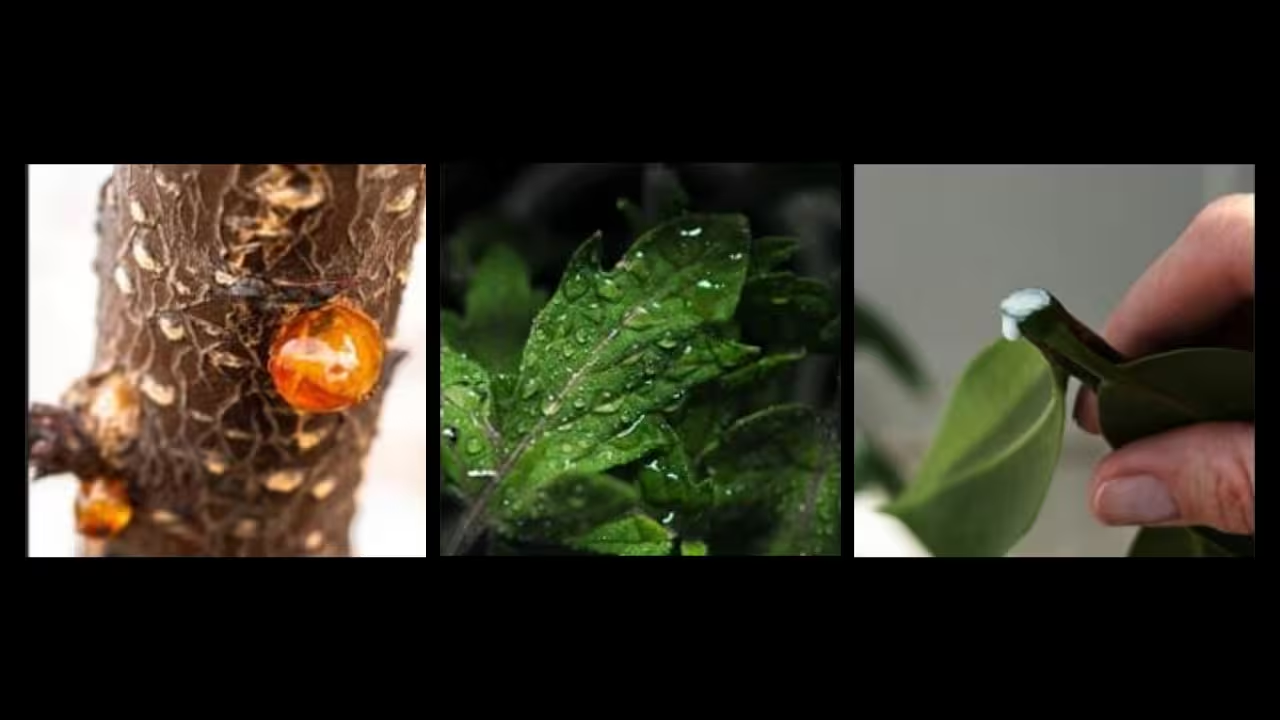
Here’s how plants handle their waste:
Plants release waste gases like oxygen (O₂) and carbon dioxide (CO₂) through tiny pores.
Plants can store waste in their cells - especially inside vacuoles. These wastes don’t harm the plant immediately and can be kept safely tucked away.
Ever seen dry leaves falling off a tree? That’s not just aging - it’s also how plants get rid of waste.
Sticky substances like gum and resin are actually waste products. But here’s the twist - they also help seal wounds or protect the plant from pests. So, even waste gets recycled into something useful!
Plants get rid of extra water through transpiration - water evaporates from the surface of leaves. It’s not just cooling; it’s a smart way to get rid of what’s not needed.
So while they don’t sweat, pee, or breathe like us, plants still excrete in ways that are efficient, calm, and often clever. That’s excretion meaning in the plant world - slow and smart waste management.
The excretory system in human beings usually works quietly in the background, but when something goes wrong, the effects can get serious. From kidney issues to medical treatments like dialysis, problems with excretory organs in humans can mess with how your body gets rid of waste.
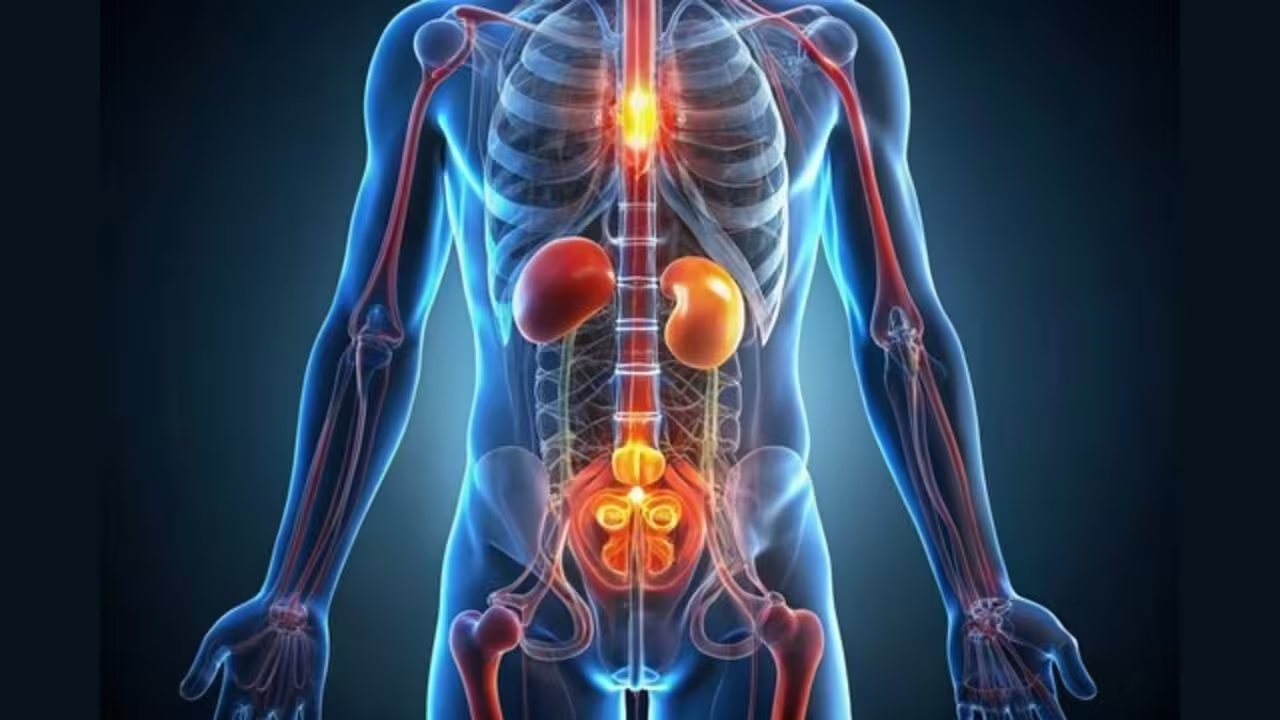
Now, here’s the main part - some animals don’t just survive harsh conditions, they’ve adapted their excretion system to thrive in them:
